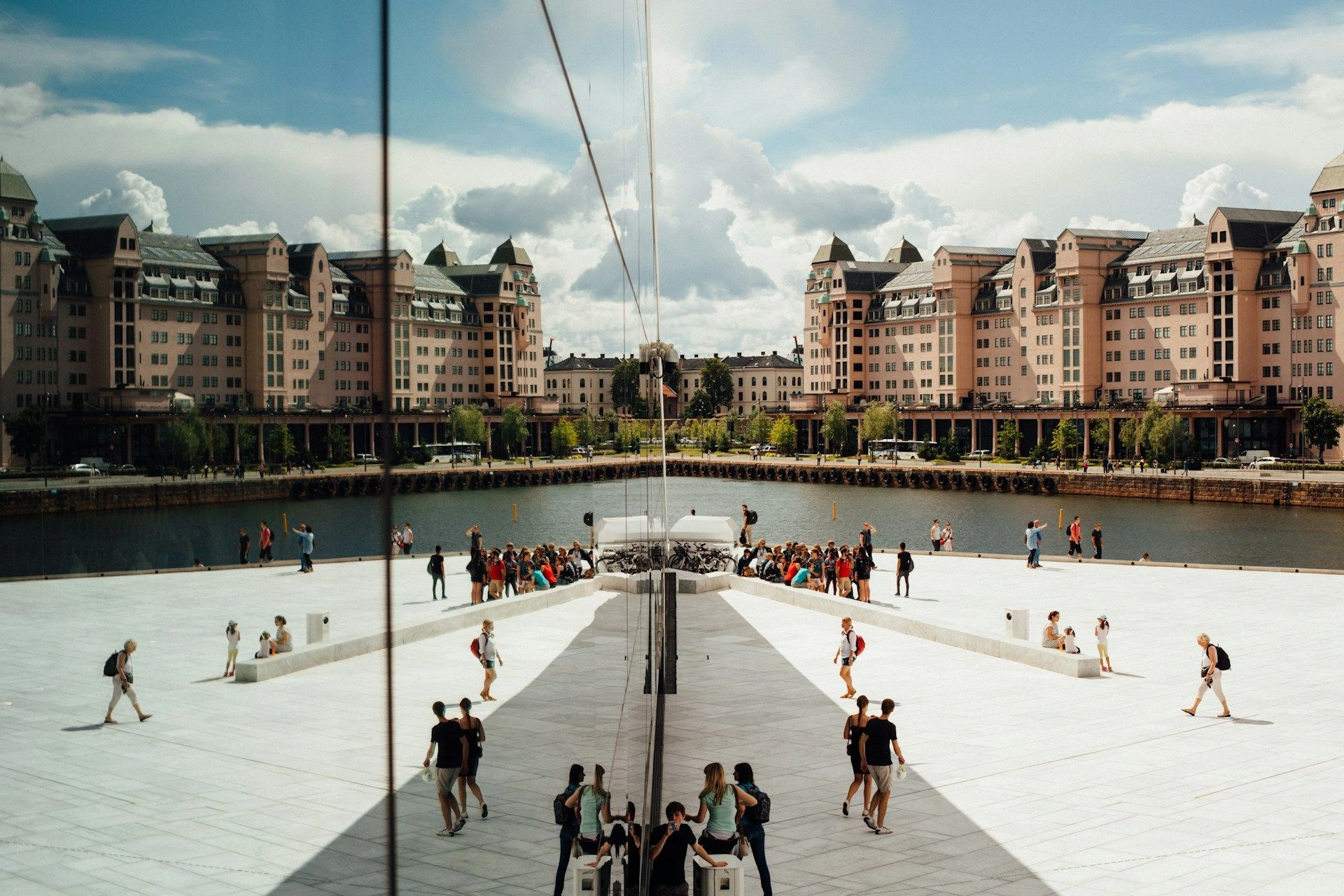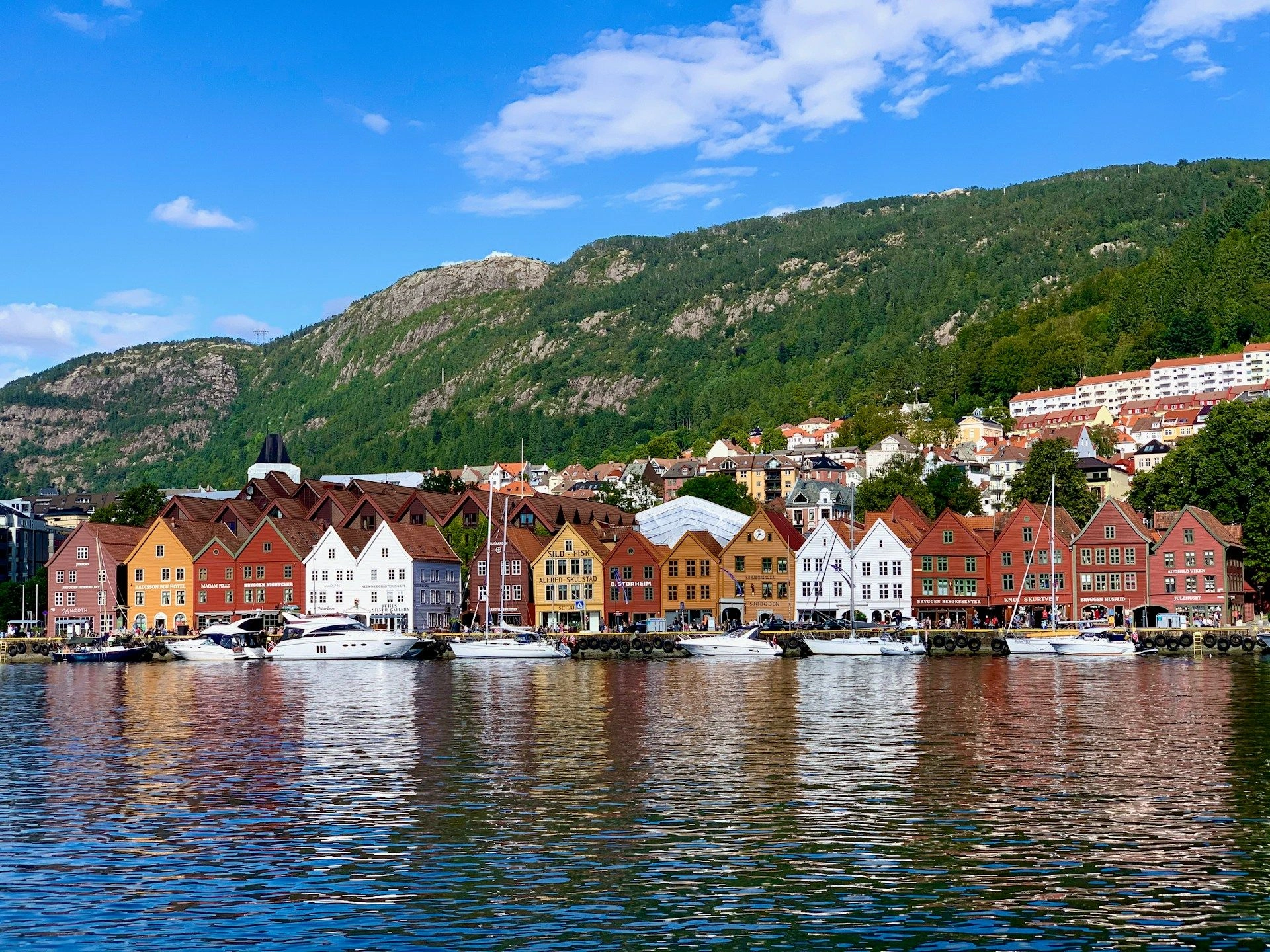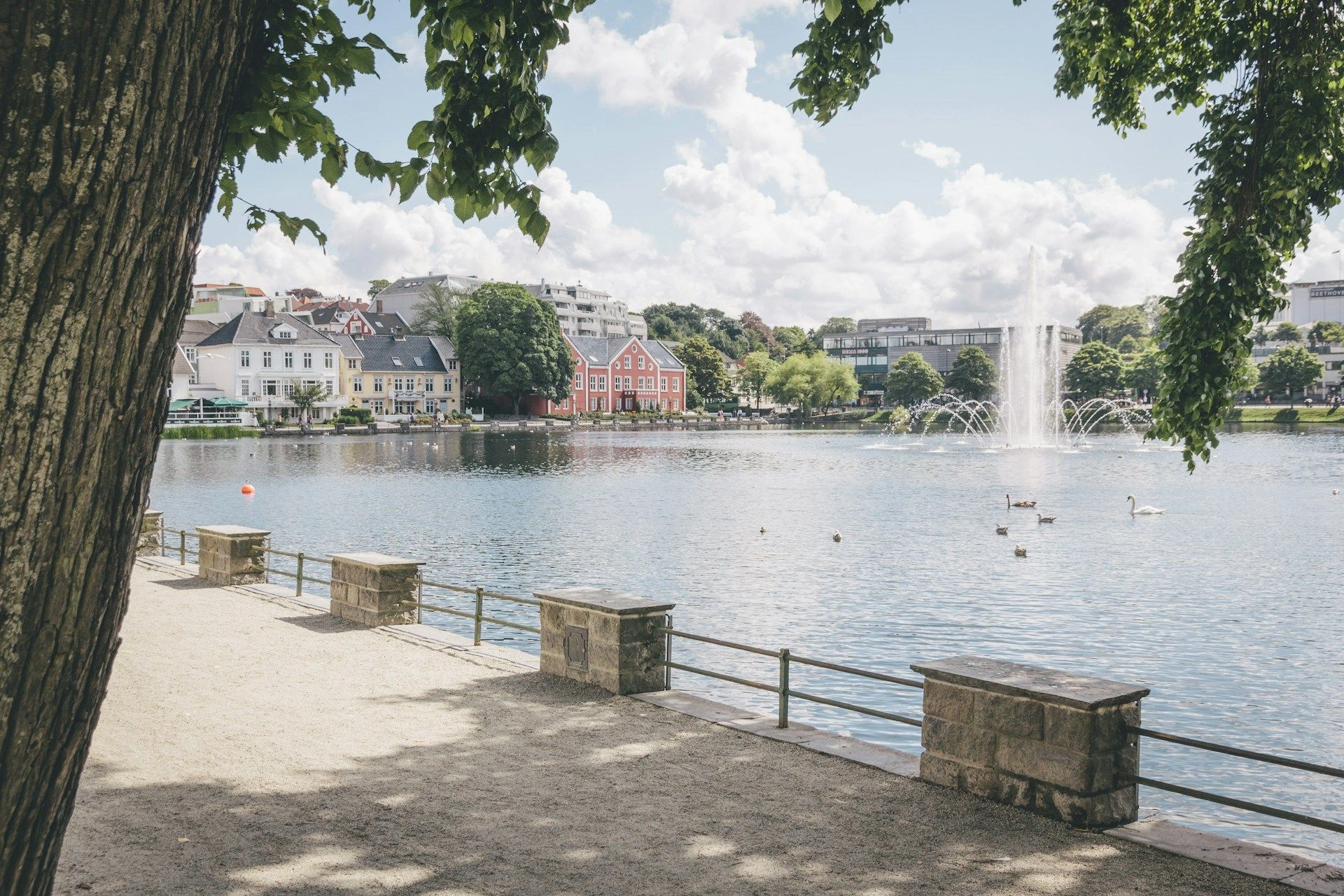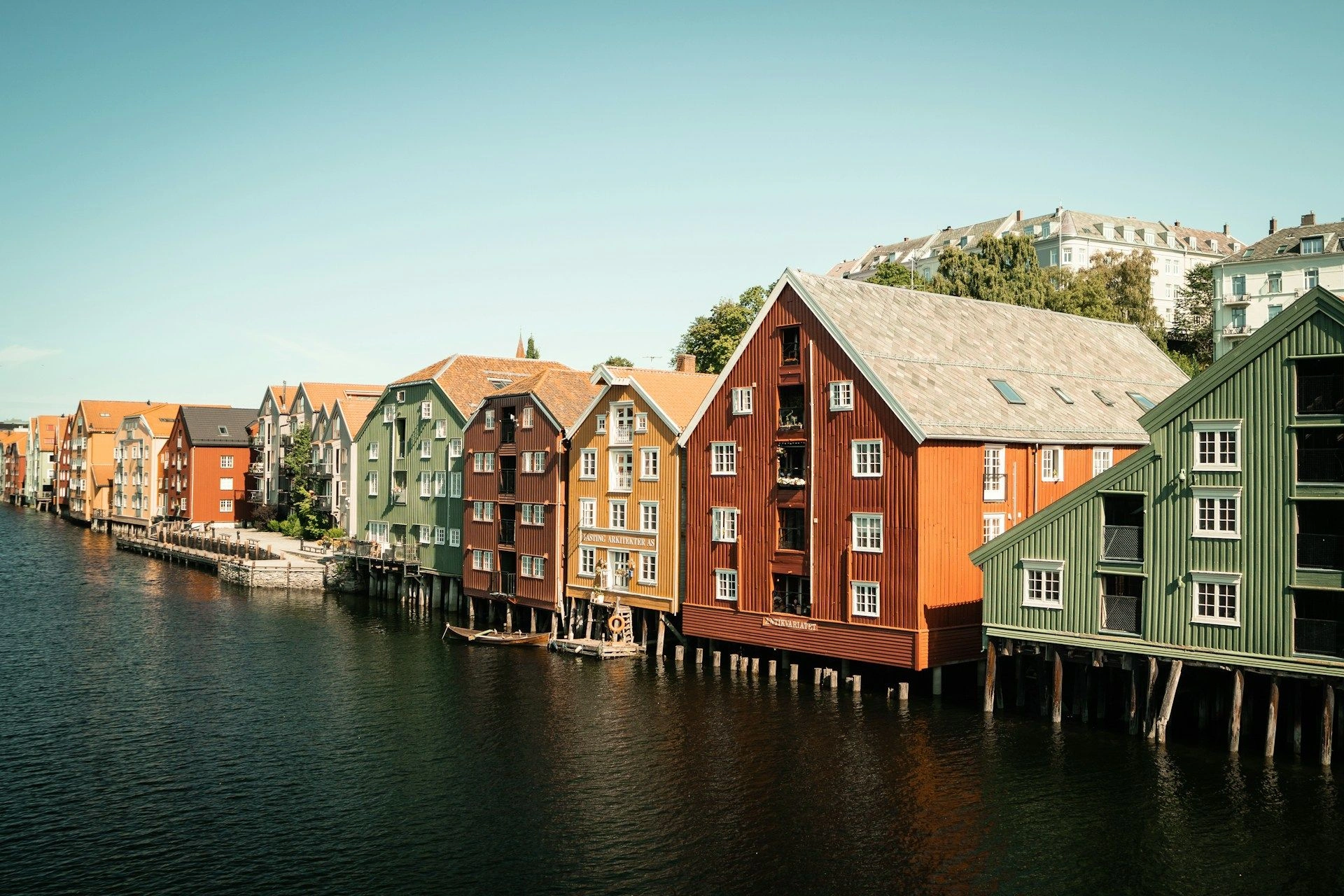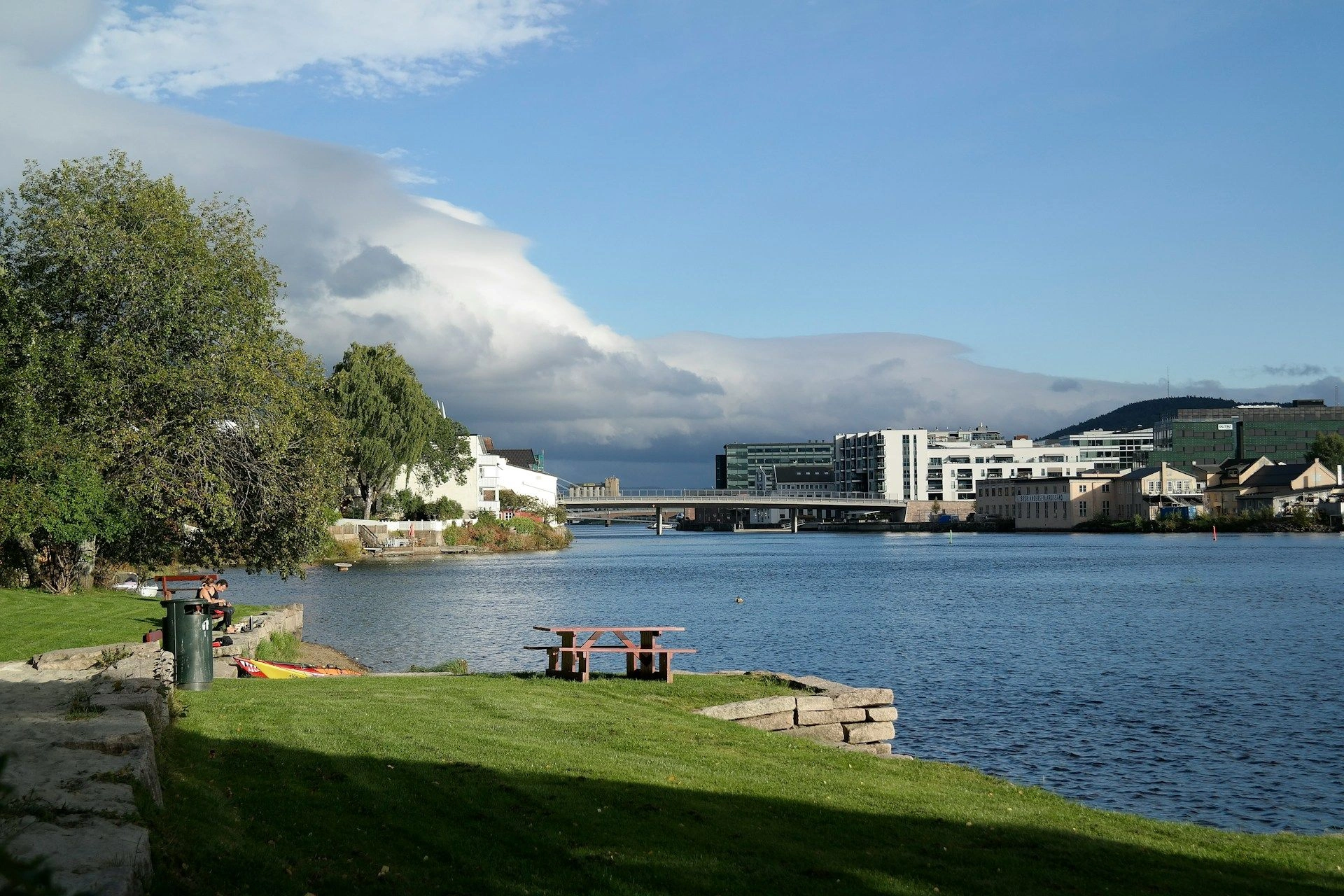Verified Secondary Real Estate in NorwayNorthern living with clarityquality and calm returns
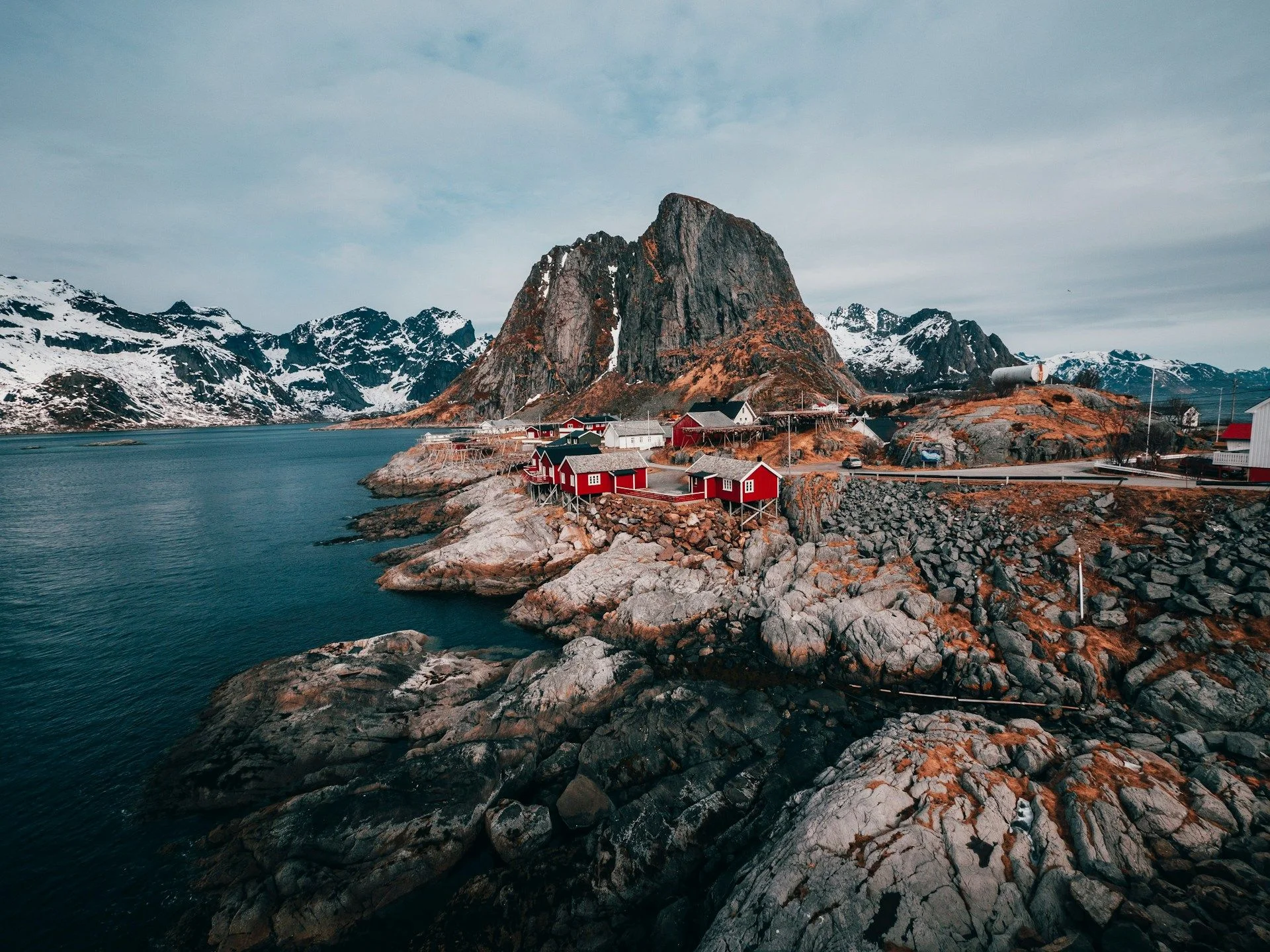
Best offers
in Norway
Benefits of investment in
Norway real estate
Top-tier living with investment stability
Norway ranks among the safest and most livable countries, attracting high-quality long-term tenants.
Strong legal clarity and investor confidence
Ownership rights are clearly defined, with full protection for domestic and foreign buyers.
Rental demand led by educated professionals
Tenants are typically well-employed, responsible, and value long-term living arrangements.
Top-tier living with investment stability
Norway ranks among the safest and most livable countries, attracting high-quality long-term tenants.
Strong legal clarity and investor confidence
Ownership rights are clearly defined, with full protection for domestic and foreign buyers.
Rental demand led by educated professionals
Tenants are typically well-employed, responsible, and value long-term living arrangements.

Useful articles
and recommendations from experts
Main title about secondary real estate in Norway
Why secondary properties attract buyers
Secondary real estate in Norway delivers immediate access to fully commissioned homes in one of Europe’s most stable and high-quality markets. Unlike off-plan projects that can suffer build-time overruns, permitting delays and budget escalations, resale flats, townhouses and villas across key regions—Oslo, Bergen, Trondheim, Stavanger, Tromsø and the Lofoten islands—come turnkey ready. Properties connect to potable water via local municipal networks, uninterrupted electricity from Statnett’s national grid with localized backup generators, mature stormwater and sewage systems administered by county councils, and sealed highways managed by the Norwegian Public Roads Administration (Statens vegvesen). Telecommunications are equally robust, featuring nationwide fibre-to-the-home deployments by Telenor and Altibox and comprehensive 5G coverage from Telia and Ice. Interconnected intercity rail (Vy) and express coach services ensure easy travel, while local tram, metro and bus networks provide seamless urban mobility. Interiors often blend authentic Scandinavian design elements—exposed timber beams, stone-hearth fireplaces and minimalist millwork—with modern enhancements: energy-efficient double or triple glazing rated for arctic winters, bespoke open-plan kitchens fitted with integrated appliances, reinforced concrete foundations engineered for frost‐heave conditions, underfloor heating systems, integrated whole-house ventilation with heat recovery, and pre-wired smart‐home controls for lighting, climate and security. This genuine move-in readiness slashes holding costs, accelerates rental cash flows and empowers buyers—whether expatriate executives, academic professionals, tourism operators or yield-focused investors—to begin generating returns or enjoying elevated living from day one. VelesClub Int.’s proprietary historical sales and leasing datasets and end-to-end advisory ensure transparent valuation benchmarks and rigorous risk assessment at every step.
Established neighbourhoods
Norway’s secondary-market framework is anchored by several mature precincts, each offering distinct lifestyle and investment strengths. In Oslo, boroughs such as Frogner, Majorstuen and Grünerløkka host pre-war Art Nouveau apartments, modern condo towers and renovated warehouse lofts—many turnkey-equipped with secure bike storage, communal rooftop terraces, underground parking and 24/7 concierge services. Bergen’s historic Bryggen waterfront and Nordnes peninsula feature restored Hanseatic merchant houses and purpose-built apartments offering immediate sea-views and harbor access, prized by holiday-let operators and young professionals. Trondheim’s Bakklandet quarter combines low-rise wooden townhouses with pedestrianized lanes, artisanal cafés and proximity to NTNU and St. Olav’s University Hospital—ensuring steady student and staff tenancies. Stavanger’s Old Town, with its preserved white timber houses and narrow cobblestone streets, offers renovated coastal cottages ideal for short-stay and executive leases. In the north, Tromsø’s city centre and surrounding fjord villages feature turnkey flats and chalets outfitted for Arctic-ready living, attracting research scientists and adventure-tourism operators. The Lofoten archipelago’s key nodes—Svolvær, Henningsvær and Reine—boast refurbished cod-fishermen cabins (rorbuer) and modern villas positioned for premium season-tourism yields. Across all regions, civic services—sealed roads, scheduled waste collection, high-quality local schools and medical clinics—operate seamlessly, minimizing post-purchase capital outlay and supporting smooth integration into local communities.
Who buys secondary real estate
The buyer profile for Norway’s resale properties spans a broad cross-section of end-users and investors. Expatriate professionals in the energy, shipping, ICT and life-sciences sectors secure turnkey city apartments and suburban family homes near Oslo, Bergen and Stavanger corporate hubs, valuing walk-to-work convenience, top-tier international schools and inclusive utility packages. Academic and research personnel at institutions such as the University of Bergen, NTNU and the University Centre in Svalbard lease fully furnished flats for multi-year contracts, drawn by all-bills-included leases and proximity to campuses. Tourism-sector investors and boutique lodge operators acquire waterfront villas and rorbuer in the Lofoten islands and Tromsø region, leveraging high-season occupancy and VelesClub Int.’s property-management and yield-optimization frameworks. Local upper-middle-class families purchase three- to four-bedroom homes in suburban precincts such as Bærum and Trondheim’s Stavne, prioritizing gated enclaves, private gardens and easy access to nature trails. Diaspora investors from the UK, Germany and the United States target small multifamily blocks near metropolitan transit stations for steady rental income, guided by detailed occupancy analytics and exit-strategy planning from VelesClub Int. Across all segments, common drivers include immediate move-in readiness, preserved Scandinavian architectural character and integration into Norway’s high-quality civic networks that underpin predictable returns and lifestyle quality.
Market types and price ranges
Norway’s secondary real-estate spectrum spans a comprehensive continuum of property types and price tiers to meet diverse investment goals and living preferences. Entry-level one-bedroom flats and compact studios in Oslo’s peripheral boroughs—Grorud, Stovner and Østensjø—start from approximately NOK 2 000 000 to NOK 3 500 000 (USD 180 000–315 000), offering turnkey finishes, communal rooftop decks and proximity to metro and bus lines. Mid-range two- to three-bedroom apartments and townhouses in central Oslo, Bergen’s Sandviken, Trondheim’s Pirbadet district and Stavanger’s Våland trade between NOK 4 000 000 and NOK 8 000 000 (USD 360 000–720 000), featuring granite kitchen worktops, modern bathrooms, private balconies, secure underground parking and landscaped courtyards. Premium detached fjord-front villas, modernist hillside estates and heritage-converted church schools in prime locales command NOK 10 000 000 to over NOK 25 000 000 (USD 900 000–2 250 000)—driven by picturesque water or mountain vistas, bespoke interior fit-outs, turnkey furniture packages and high-amenity compound facilities. For institutional and portfolio investors, small multifamily residential blocks (4–8 units) in emerging transit-oriented corridors around the Oslo Metro ring, Trondheim’s Central Station and Bergen’s Bybanen line list between NOK 8 000 000 and NOK 15 000 000, delivering diversified rental streams and economies of scale. Financing through DNB, Nordea and SpareBank 1 offers competitive mortgage rates (3.0%–4.5% per annum) with typical down payments of 15%–25%. Documented net rental yields average 3%–4% per annum in core urban corridors and 5%–7% in tourist-driven regions—benchmarks integrated by VelesClub Int. into proprietary yield-modelling and strategic acquisition-planning tools.
Legal process and protections
Acquiring secondary real estate in Norway follows a structured conveyancing framework governed by the Norwegian Land Registration Act and relevant sections of the Civil Code. Transactions commence with a signed purchase offer (bud) submitted via the seller’s real-estate agent and accompanied by a deposit—commonly 10% of the agreed price—held in escrow by the agent or the buyer’s bank. Buyers conduct due diligence: review of the property disclosure document (egenerklæring), inspection of the technical condition report (tilstandsrapport), verification of registered title and encumbrances via the Land Registry (Kartverket), and confirmation of property boundaries from the cadastre. Upon acceptance of the offer, parties sign a binding sales contract (kjøpekontrakt) – customarily drafted by the local real-estate agent – specifying transfer date, included fixtures, condition clauses and financing contingencies. Mortgage and funding arrangements are finalized with bank approvals, and a completion meeting (overtagelse) is held on the agreed date at the agent’s office or via remote notarization. At transfer, stamp duty (dokumentavgift) of 2.5% of the purchase price is paid, and the deed is recorded in the Land Registry, conferring formal title. Foreign nationals face no additional restrictions on acquiring residential real estate, though second-home purchases above certain thresholds may trigger reporting requirements. Statutory warranties against hidden defects (mangler) apply for five years post-handover, and consumer-protection regulations ensure recourse through the Complaints Board for Real-Estate Agents (Eiendomsmeglingsnemnda). VelesClub Int. orchestrates the entire legal and administrative process—due diligence management, contract drafting, registry liaison and completion logistics—to ensure compliance, mitigate risk and deliver a seamless closing for both domestic and international clients.
Best areas for secondary market
Certain micro-markets in Norway stand out for their infrastructure readiness, amenity clusters and rental performance. In Oslo, Frogner, Grünerløkka and Majorstuen yield net returns of 3%–4% backed by strong corporate and expatriate tenancy, while up-and-coming corridors along the new metro ring (Sinsen, Bryn) deliver yields of 4%–5% from young-professional renters. Bergen’s Bryggen and Fyllingsdalen precincts sustain 3.5% yields driven by university students and tourism, with emerging belts around Fana and Ytrebygda offering 4%–5% from family tenancies. Trondheim’s Bakklandet and Lerkendal districts achieve yields of 4%-6% supported by academic and tech-sector leases, while suburban Munkegata and Valentinlyst yield 5% from student housing conversions. Stavanger’s Eiganes and Madla quarters deliver 4% returns, with emerging harbourfront zones near Forus industrial park projecting 5% yields. Tromsø’s city centre and island precincts maintain 5%–7% yields anchored by research institutes and Arctic tourism, and Lofoten’s Svolvær and Reine deliver 6%–8% annual yields from high-season holiday rentals. Each precinct boasts sealed roads, reliable utilities, integrated public transport, high-speed broadband and proximity to schools, hospitals and retail—ensuring transparent pricing, consistent occupancy and strong resale liquidity. VelesClub Int.’s proprietary neighbourhood-scoring methodology and on-the-ground research guide clients to the sub-markets that optimally align yield targets, capital-growth forecasts and lifestyle preferences within Norway’s dynamic secondary-real-estate ecosystem.
Why choose secondary over new + VelesClub Int. support
Opting for secondary real estate in Norway delivers immediate possession, proven civic infrastructure and transparent historical performance—advantages rarely matched by speculative new-build projects subject to consents, material-cost surges and contractor uncertainties. Buyers avoid pre-launch premiums and extended delivery timelines by selecting turnkey assets with operational water, power and broadband networks, reinforced foundations and full compliance documentation. Secondary properties often showcase irreplaceable Scandinavian architectural character—solid-timber façades, century-old stonework, minimalist functional design—that new developments cannot replicate, enhancing cultural authenticity and long-term desirability. Lower entry premiums relative to off-plan schemes free up capital for interior personalization, sustainable upgrades (solar PV, heat-pump HVAC, greywater recycling) or strategic portfolio diversification across multiple Norwegian micro-markets. Mature neighbourhood services—reliable municipal water supply, uninterrupted Statnett electricity, sealed roads, integrated Vy rail and Ruter public-transport links, and ultra-fast broadband—ensure seamless move-in and minimal post-purchase maintenance. VelesClub Int. enriches the acquisition journey with comprehensive end-to-end expertise: sourcing exclusive off-market listings, conducting exhaustive due diligence, negotiating optimal terms and managing all legal formalities. Our post-closing property management solutions—tenant placement, preventive maintenance coordination and transparent performance reporting—optimize occupancy rates and preserve capital value. Through proactive portfolio monitoring, annual market reviews and strategic advisory, VelesClub Int. empowers clients to maximize Norway’s secondary real estate potential with confidence, clarity and operational efficiency.
